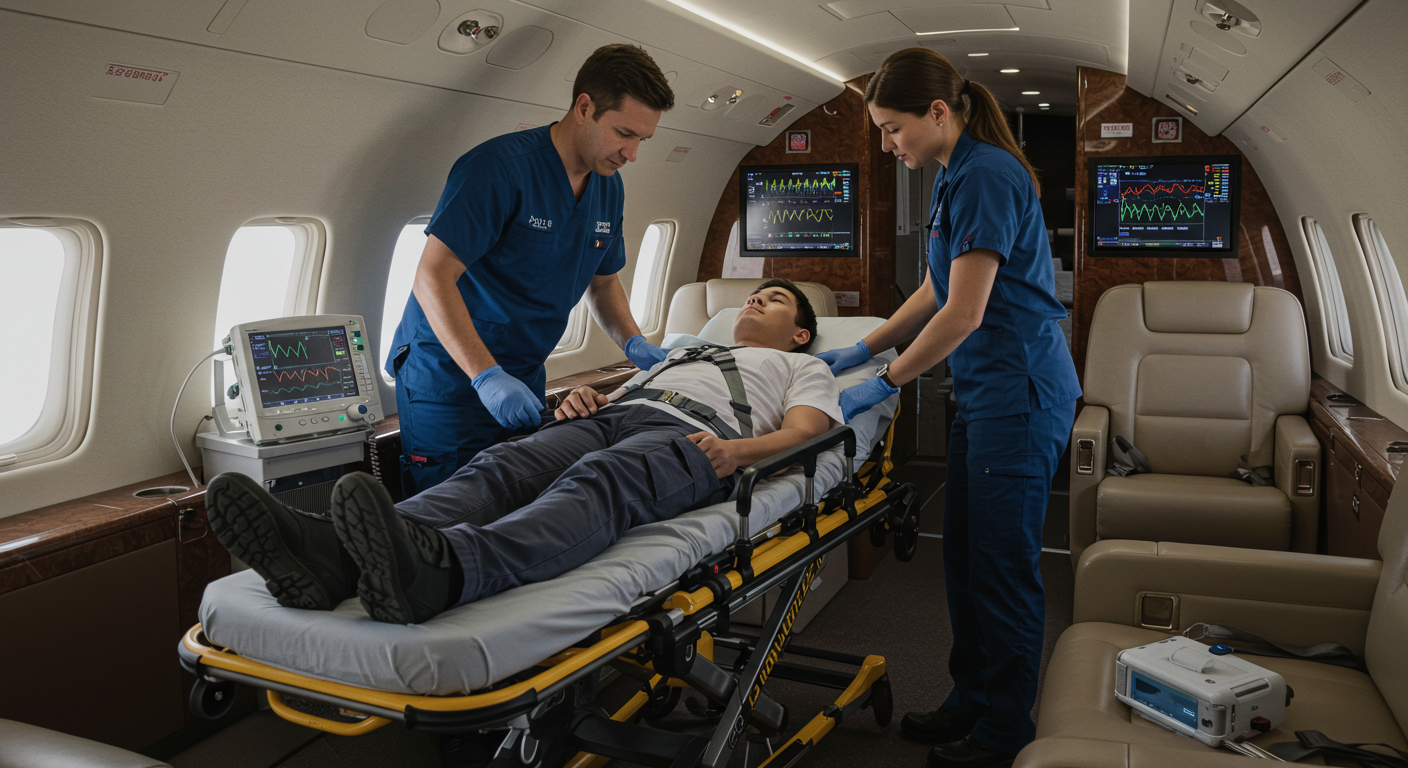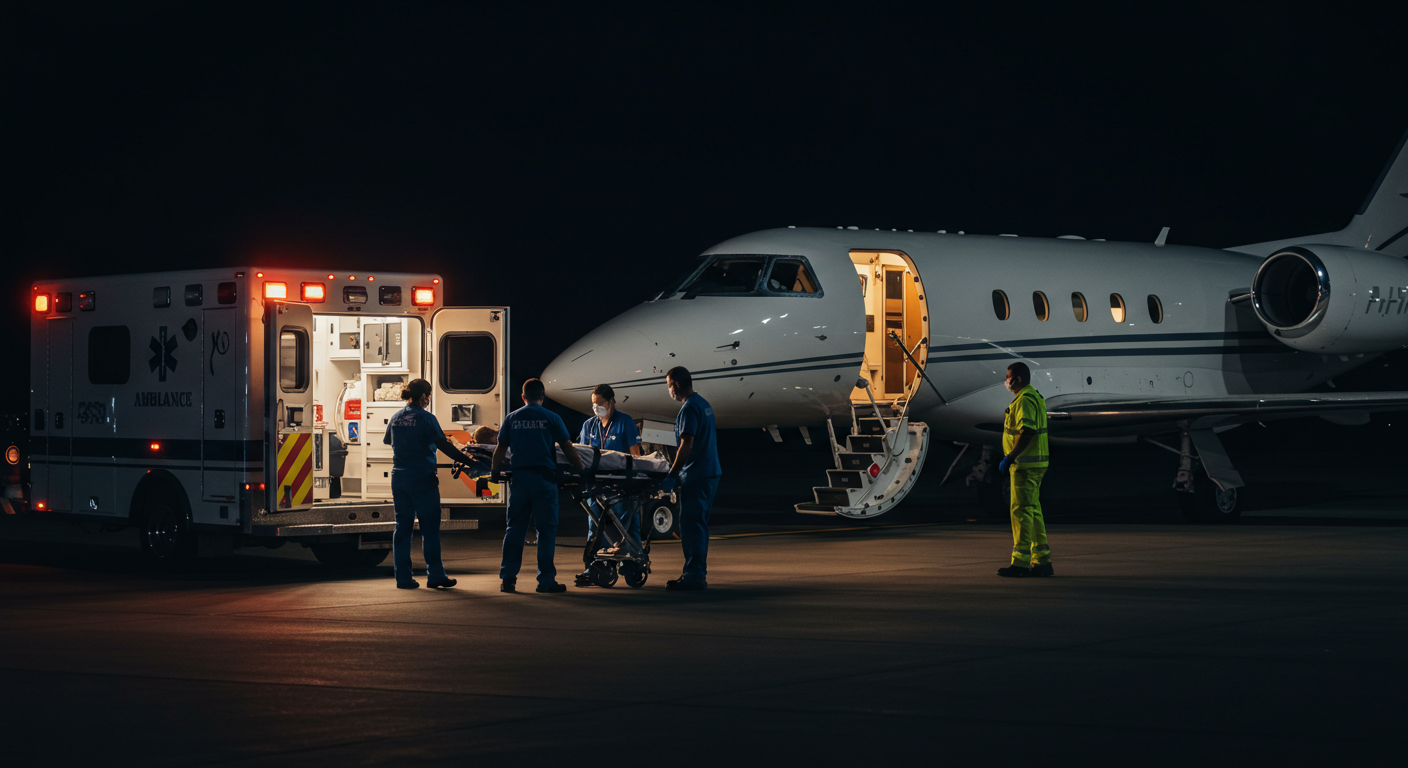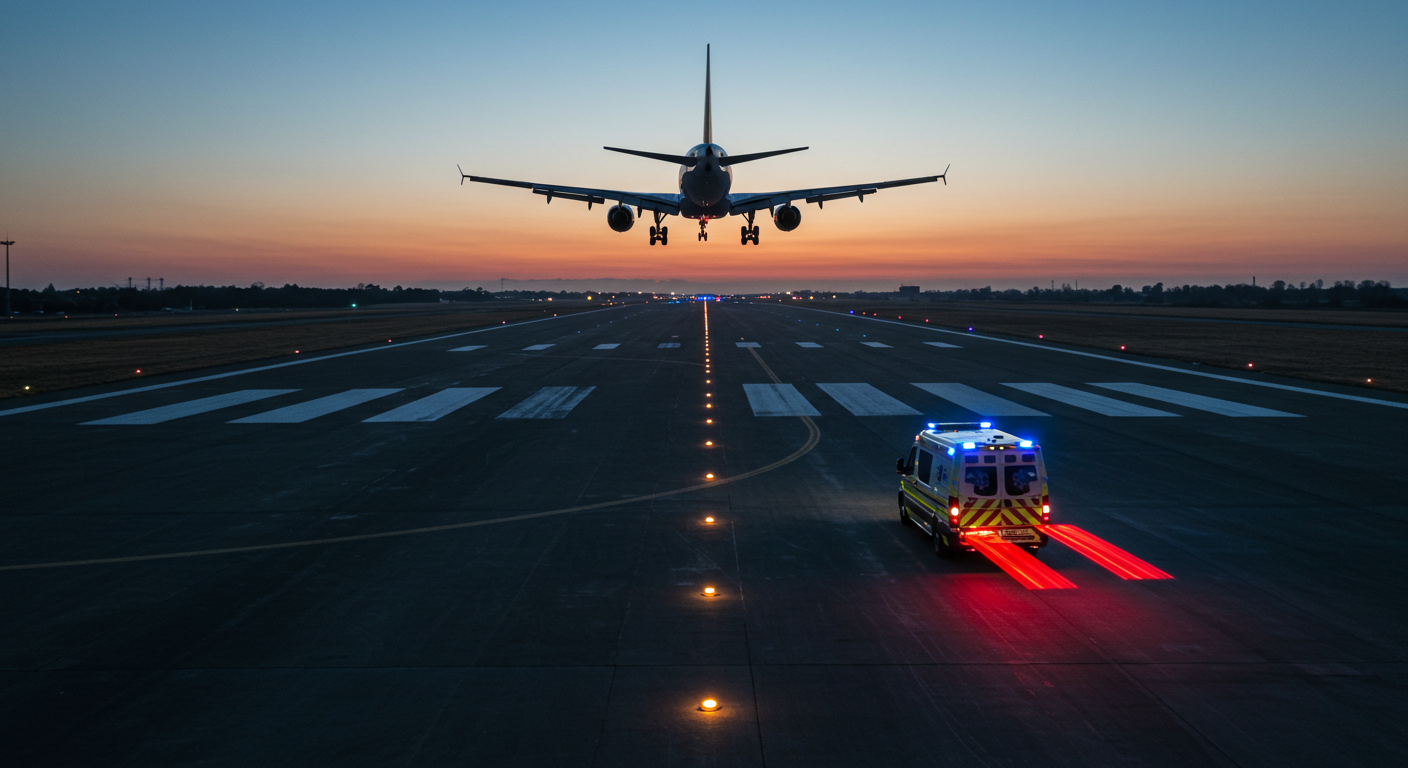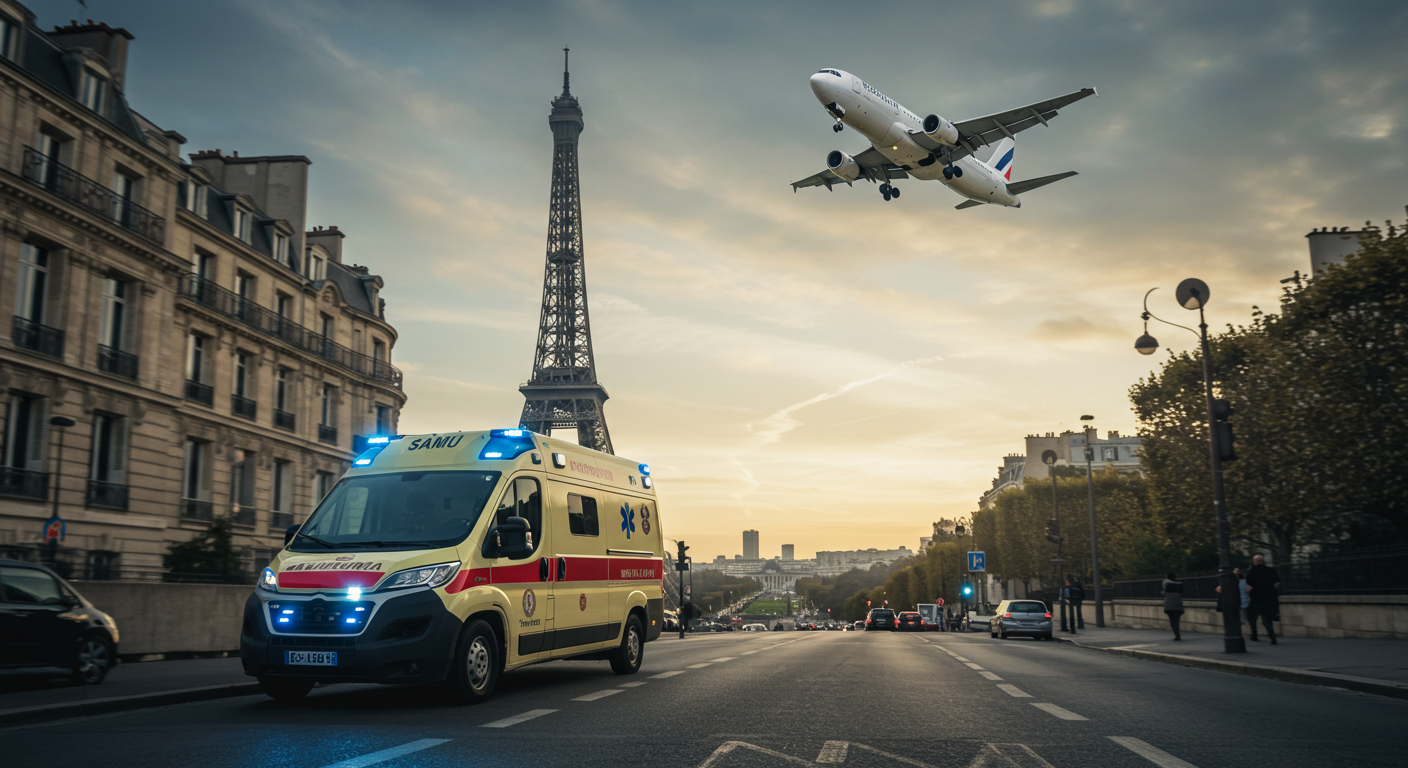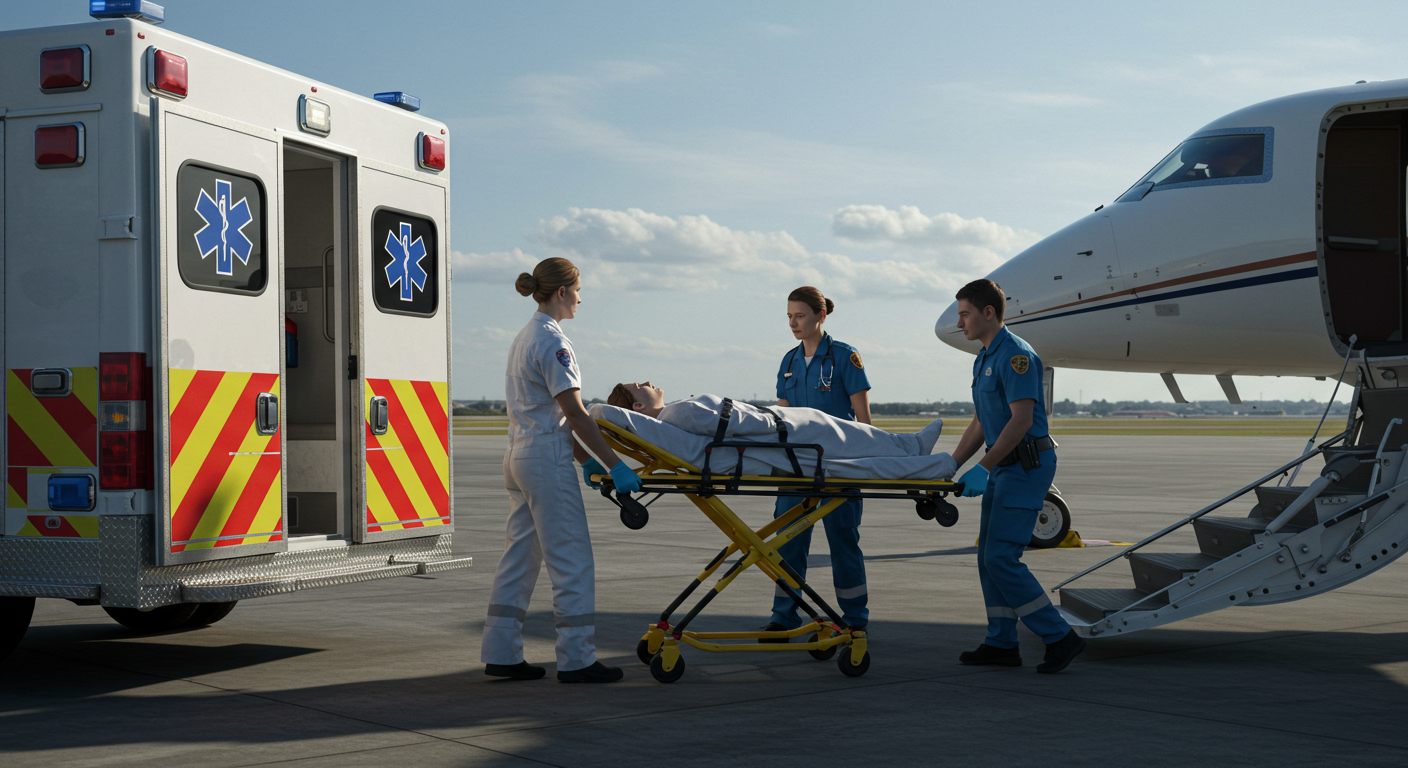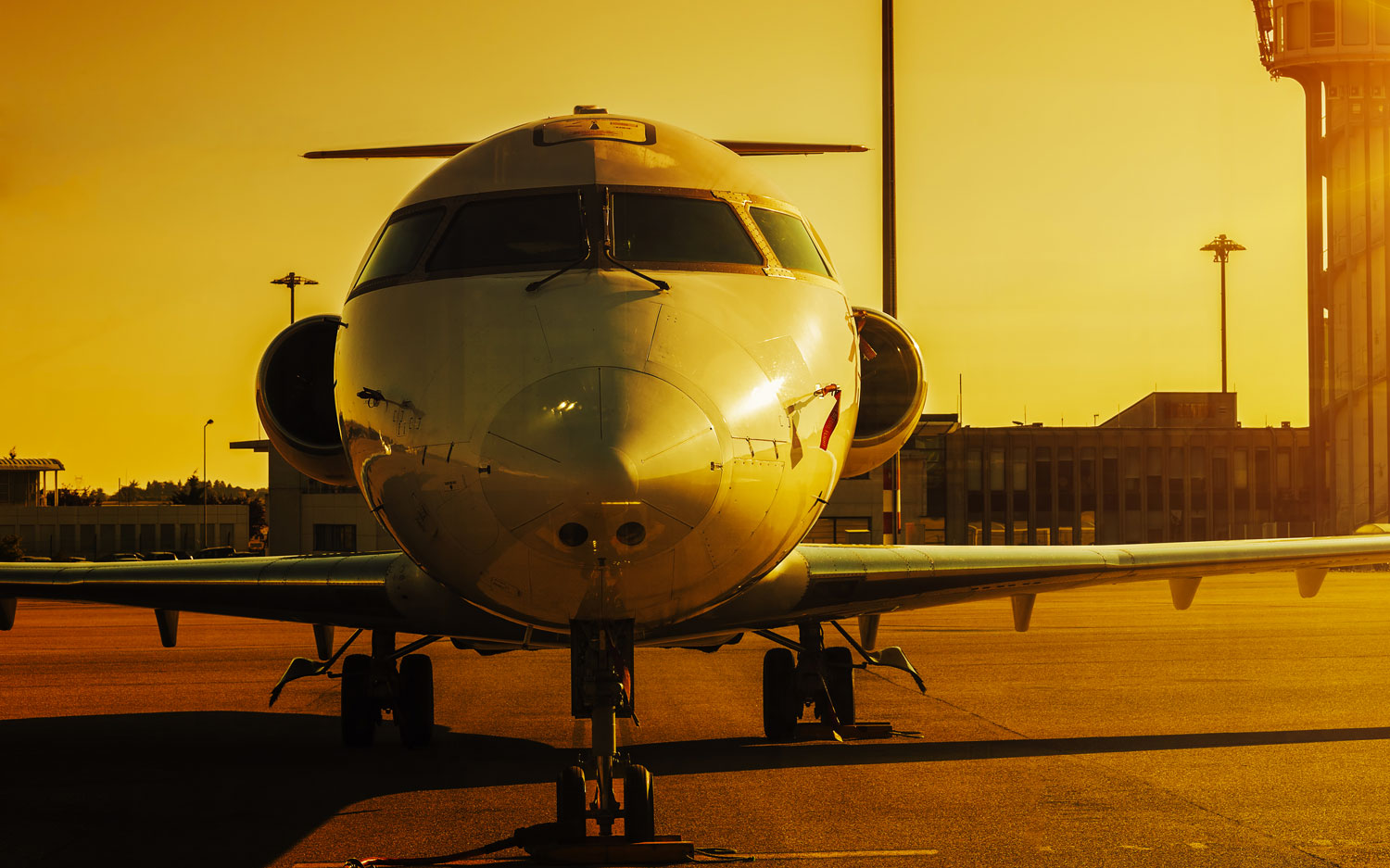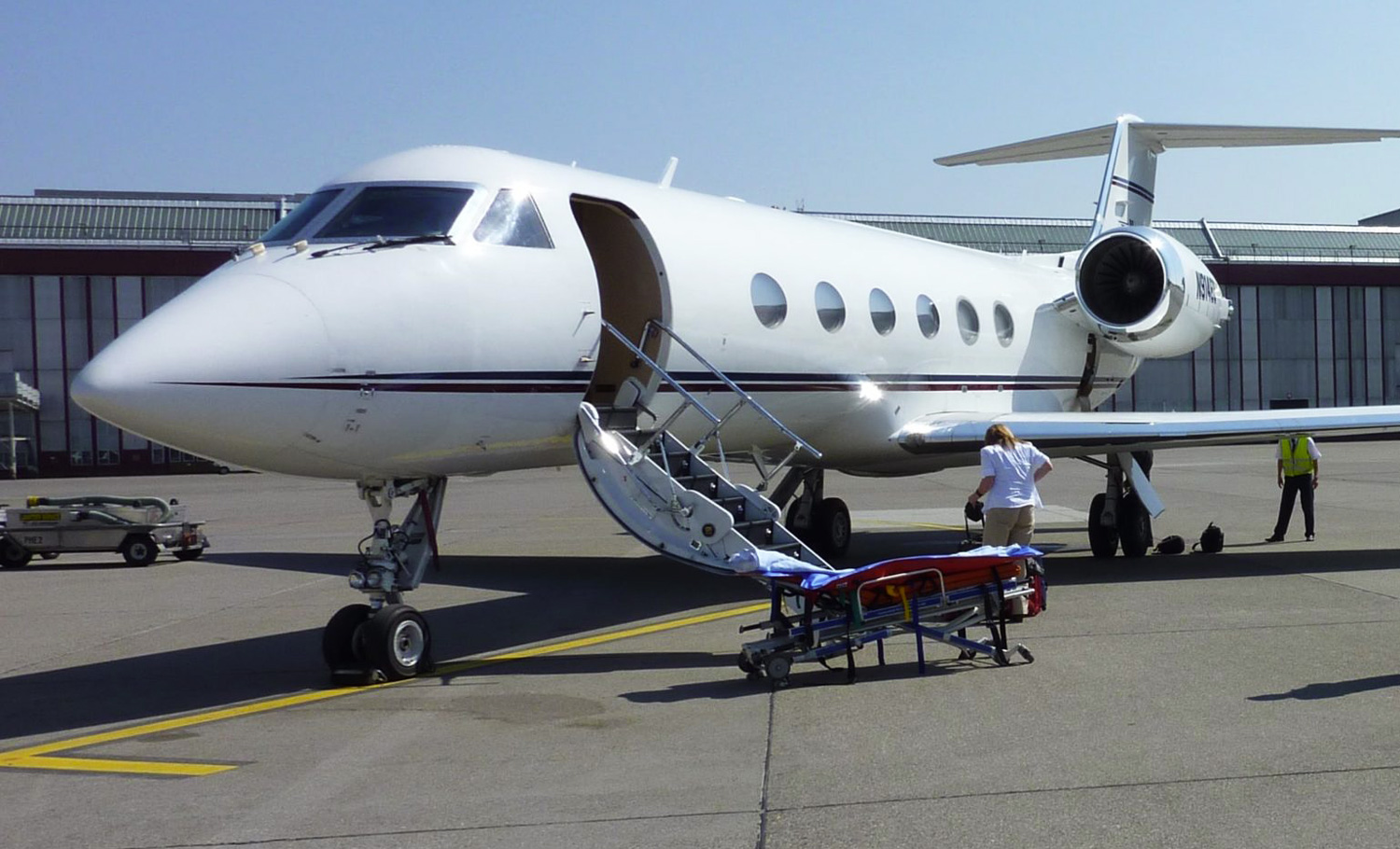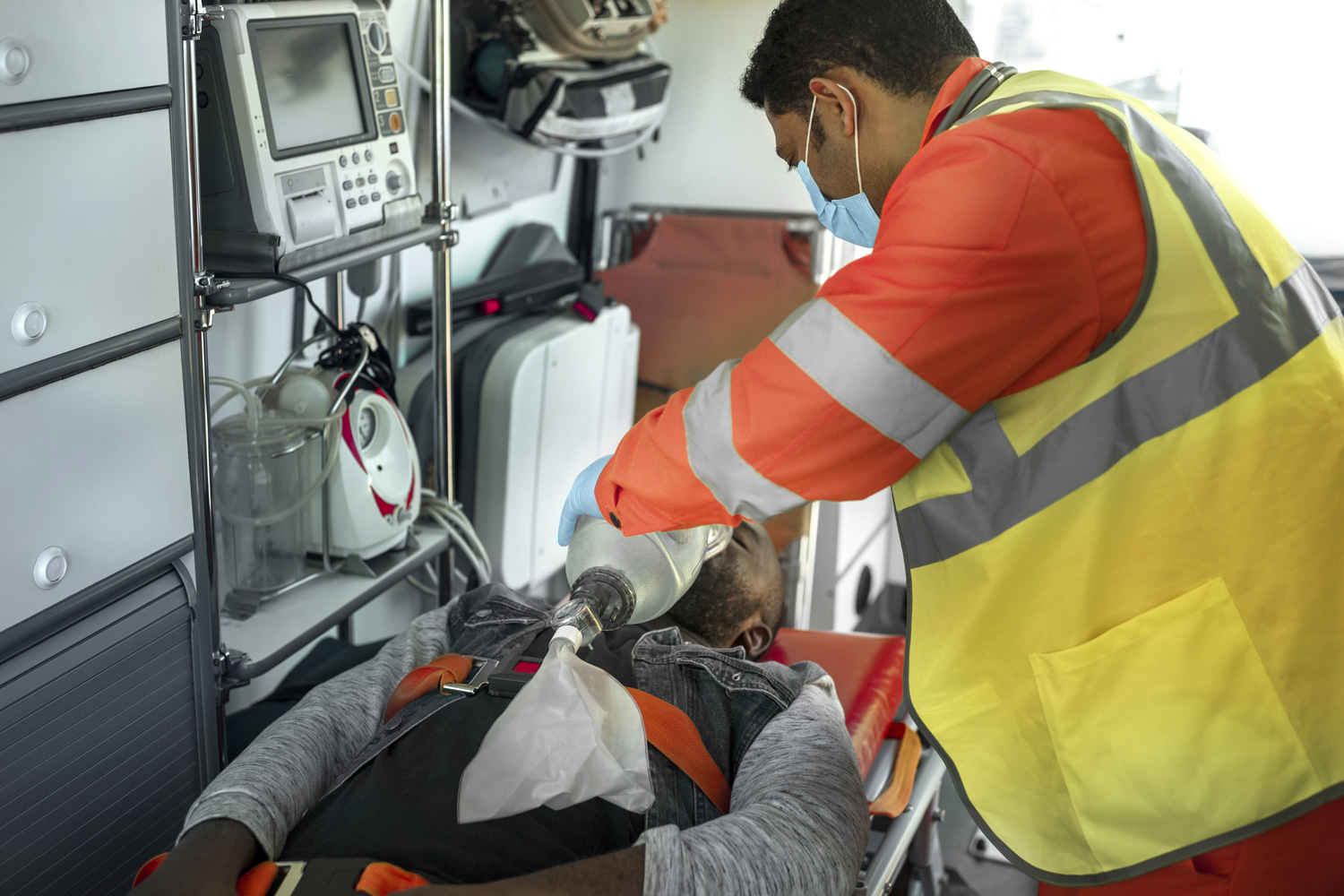International commercial stretcher services
In medical transport industry, international commercial stretcher services play a crucial role in ensuring the safe and comfortable transfer of patients who are unable to sit upright during flights. These services are designed to accommodate patients with serious medical conditions, providing a cost-effective alternative to air ambulance services. By utilizing commercial airlines, these services offer a practical solution for long-distance medical transport, ensuring that patients receive the necessary care while traveling.
The importance of international commercial stretcher services cannot be overstated. For patients requiring specialized medical attention during transit, these services provide a lifeline, enabling them to travel across borders for essential medical treatments, family reunifications, or repatriation. The availability of professional medical care throughout the journey ensures that patients’ health and well-being are maintained, offering peace of mind to both the patients and their families.
Contact Air Stretcher
What are international commercial stretcher services?
Definition of International commercial stretcher services
International commercial stretcher services involve the transportation of patients on commercial flights using specially designed stretchers. These stretchers are integrated into the aircraft, allowing patients to lie flat and receive continuous medical care during the flight. The service includes a dedicated medical team, equipped with the necessary medical supplies and equipment to manage the patient’s condition throughout the medical journey.
What are the differences between commercial stretcher services and air ambulance services ?
While both commercial stretcher services and air ambulance services aim to transport patients safely, the difference does not solely lie in the equipment available for ICU patients. For instance, certain airlines like Air France and Air Caraïbes, with extensive experience in transporting critically ill patients in collaboration with the Emergency Medical Assistance Service teams of Fort-de-France Martinique and Pointe-à-Pitre Guadeloupe, are capable of managing patients comparable to those transported by air ambulances.
On these airlines, the necessary medical equipment, apart from the stretcher and the oxygen provided by the airline, is supplied by the medical team. These carriers are even able to handle patients under ECMO, a capability that depends on the expertise of the medical teams and the availability of oxygen resources provided by the airline.
However, on other airlines, the ability to transport intubated or ventilated patients is limited, particularly due to the lack of large 3250L oxygen kits such as those available on Air France and Air Caraïbes. Stretchers remain a viable solution for non-critical patients, such as those suffering from hip fractures or extreme fatigue, who cannot remain seated during takeoff and landing. For these cases, the stretcher, typically located at the rear of the aircraft, provides a comfortable and cost-effective alternative compared to business class, where lying flat is not permitted.
Typical scenarios where these services are used
International commercial stretcher services are used in various scenarios. We present below few examples:
- Medical Repatriation: Transporting patients back to their home country for continued medical treatment or recovery.
- Medical Tourism: Enabling patients to travel to other countries for specialized medical procedures not available in their home country.
- Family Reunification: Assisting patients in reuniting with family members in different countries, especially in cases where the patient requires ongoing medical care.
- Post-Surgery Transport: Providing safe transport for patients who have undergone surgery and need to travel for further treatment or recovery.
These services ensure that patients receive the necessary medical attention during their journey, making international travel feasible and safe for those with serious medical conditions.
Medical care and support
Description of the medical team involved
International commercial stretcher services are staffed by highly trained medical professionals who ensure the patient’s safety and well-being throughout the journey. Air Stretcher medical team typically includes:
- ICU Registered Nurses: These nurses have extensive experience in critical care and are skilled in managing complex medical conditions. They provide continuous monitoring and care during the flight.
- Respiratory Therapists: These specialists are crucial for patients with respiratory issues, ensuring that they receive the necessary oxygen therapy and ventilation support.
- Paramedics and Physicians: Depending on the patient’s needs, the team may also include paramedics and physicians who can handle emergencies and provide advanced medical interventions.
What types of medical equipment are used during air medical transport ?
To ensure comprehensive care, the medical team is equipped with a range of medical equipment, including:
- Portable Ventilators: For patients who require respiratory support.
- Cardiac Monitors: To continuously monitor heart rate, blood pressure, and other vital signs.
- Infusion Pumps: For administering medications and fluids.
- Oxygen Supplies: Including portable oxygen tanks and concentrators.
- Emergency Medical Kits: Containing essential medications and supplies for managing various medical conditions.
Ensuring patient safety and comfort
Patient safety and comfort are paramount during international commercial stretcher transports. The medical team takes several measures to ensure this, such as:
- Pre-Flight Assessments: Conducting thorough medical evaluations to determine the patient’s needs and plan the necessary care.
- Customized Care Plans: Developing individualized care plans tailored to the patient’s medical condition and requirements.
- Continuous Monitoring: Providing round-the-clock monitoring and care during the flight to promptly address any medical issues.
- Comfort Measures: Ensuring the patient is comfortable with appropriate bedding, positioning, and pain management.
Cost and comparison for a medical air journey
Cost comparison between commercial stretcher services and air ambulance services
One of the primary advantages of commercial stretcher services is their cost-effectiveness compared to air ambulance services. While air ambulances offer a higher level of care and faster transport times, they are significantly more expensive due to the specialized aircraft and equipment used. In contrast, commercial stretcher services utilize regular commercial flights, which reduces the overall cost while still providing necessary medical support. More on air ambulance price.
Factors influencing the cost of air medical trip
Several factors can influence the cost of international commercial stretcher services, including:
- Distance and Destination: The length of the flight and the destination country can impact the cost.
- Medical Condition: The complexity of the patient’s medical condition and the level of care required can affect pricing.
- Airline Policies: Different airlines have varying policies and fees for accommodating medical stretchers.
- Additional Services: Costs may also include ground transportation, medical clearances, and any additional medical equipment or personnel needed.
Benefits of choosing commercial stretcher services
Choosing commercial stretcher services offers several benefits:
- Cost Savings: As mentioned, these services are generally more affordable than air ambulance services.
- Comprehensive Care: Patients receive continuous medical care from a dedicated team of professionals.
- Accessibility: Commercial stretcher services make it possible for patients to travel internationally for medical treatment, family reunification, or repatriation.
- Flexibility: These services can be tailored to meet the specific needs of the patient, ensuring a safe and comfortable journey.
Request a quotation for your medical trip
Eligibility and process
Criteria for patient eligibility
To determine if a patient is eligible for international commercial stretcher services, several criteria must be met:
- Medical Condition: The patient must have a medical condition that prevents them from sitting upright for the duration of the flight.
- Stability: The patient’s condition should be stable enough to endure the flight with the medical support provided.
- Medical Clearance: A physician must provide medical clearance, confirming that the patient is fit to fly with the necessary medical support.
Step-by-step process of arranging a commercial stretcher service
- Initial Consultation: Contact the service provider to discuss the patient’s condition and travel requirements.
- Medical Assessment: The provider will conduct a thorough medical assessment to determine the patient’s needs and eligibility.
- Coordination with Airlines: The provider will coordinate with the airline to arrange the stretcher installation and secure the necessary approvals.
- Flight Booking: The flight is booked, and the medical team is assigned to the patient.
- Pre-Flight Preparation: The medical team prepares all necessary equipment and medications for the journey.
- Ground Transportation: Arrangements are made for ground transportation to and from the airports.
- In-Flight Care: The medical team provides continuous care during the flight, monitoring the patient’s condition and addressing any medical needs.
- Post-Flight Care: Upon arrival, the patient is transported to their destination, and the medical team ensures a smooth handover to local medical providers if necessary. Necessary documentation and medical clearance
- Medical Reports: Detailed medical reports from the patient’s physician outlining their condition and treatment requirements.
- Medical Clearance: A formal medical clearance certificate from a physician, confirming the patient is fit to fly with medical support.
- Travel Documents: Valid passports, visas, and any other necessary travel documents.
- Insurance Information: Details of the patient’s medical insurance, if applicable.
How to select the right service provider for commercial stretcher service ?
Key factors to consider when selecting a medical air service provider
- Experience and Expertise: Look for providers with extensive experience in international medical transport and a proven track record.
- Medical Team Qualifications: Ensure the medical team includes highly qualified professionals, such as ICU registered nurses and respiratory therapists.
- Equipment and Resources: Verify that the provider has access to the necessary medical equipment and resources to handle the patient’s condition.
Accreditation and certifications
Accreditation and certifications are crucial indicators of a provider’s reliability and quality of service. Look for providers accredited by reputable organizations, such as:
- Joint Commission International (JCI)
- Commission on Accreditation of Medical Transport Systems (CAMTS)
- European Aero-Medical Institute (EURAMI)
These accreditations ensure that the provider adheres to high standards of air medical care and safety.
Reading and evaluating reviews from previous clients
- Client Testimonials: Read testimonials from previous clients to gauge their satisfaction with the service.
- Online Reviews: Check online review platforms for unbiased feedback on the provider’s performance.
- References: Ask the provider for references and contact previous clients directly to inquire about their experiences.
Logistics and coordination
Coordination with airlines and ground transportation
Effective coordination is essential for a successful international commercial stretcher service. This involves:
- Airline Coordination: Working closely with airlines to arrange the stretcher installation, secure necessary approvals, and ensure compliance with airline policies.
- Ground Transportation: Organizing ground transportation to and from the airports, including ambulances or specialized medical transport vehicles.
- Communication: Maintaining seamless communication between all parties involved, including the medical team, airline staff, and ground transport providers.
Handling medical clearances and flight bookings
Medical clearances and flight bookings are mandatory before air medical travel:
- Medical Clearances: Obtaining medical clearance from the patient’s physician and ensuring all necessary documentation is in place.
- Flight Bookings: Booking flights that accommodate the stretcher installation and coordinating with the airline to ensure all logistical requirements are met.
- Pre-Flight Coordination: Ensuring all medical equipment and supplies are prepared and ready for the journey.
Ensuring seamless communication between all parties involved
Effective communication during air medical transport ensures patients receive timely, specialized care during long-distance travel, especially when critical health situations require precise planning.
- Regular Updates: Providing regular updates to the patient’s family and medical providers about the transport arrangements and progress.
- Emergency Protocols: Establishing clear protocols for handling any medical emergencies that may arise during the flight.
- Post-Flight Coordination: Ensuring a smooth transition upon arrival, including coordinating Planning a medical trip with Air Stretcher
International commercial stretcher services are a vital resource for patients needing medical transport across borders, whether it is for medical evacuation on programmed medical trip. These services offer a cost-effective and reliable solution, ensuring patients receive continuous medical care during their journey. By choosing a reputable provider like Air Stretcher, patients and their families can have peace of mind knowing that their health and well-being are prioritized.
Contact Air Stretcher for more information
If you or a loved one require international medical transport, contact our company today for more information or to arrange a service. Our experienced team is here to provide the highest level of care and support throughout your journey.
Contact us

